
THE KIROV CELEBRATES NIJINSKY
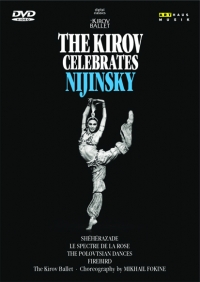


THE KIROV CELEBRATES NIJINSKY
2002
Soloists:
Farukh Ruzimatov, Svetlana Zakharova
Orchestra, Chorus:
Kirov Ballet, Chorus of the Mariinsky Theatre
Conductor:
Valery Gergiev
Choreographer:
Mikhail Fokine
Some theatrical events live on in popular memory to become legends - such were Nijinsky's appearances in Diaghilev's early Saison Russes in Paris. Mikhail Fokine was Diaghilev's chief chroegrapher and his choreography marked a departure from many of the rigid rules and forms of classical ballet and ushered in a new expressiveness. He is widely considered to have been the creator of modern dance. This sparkling Russian gala features four Fokine ballets, all associated with Nijinsky. Recorded live from the Théâtre du Châtelet in Paris, the Kirov Ballet brings to life, once again, the full glory of the Ballets Russes. Sheherazade is based on the first story of The Thousand and One Nights. With Nijinsky in the role of the Golden Slave, it was received with great enthuasism by the Parisian audiences. The ballet's triumph was also due to the fabulous set and costume designs of Léon Bakst, which were immediately acquired by the Paris Museum of Decorative Arts. Created by Fokine to the music of Weber's Invitation to the Dance, Le Spectre de la rose is one of the choreographer's most poetic creations. The story is about a girl who dreams that the spirit of a rose enters her window and dances with her before disappearing with a spactacular leap. Nijinsky's famous role as the rose was very important in establishing his reputation outside Russia. The Firebird was the fruit of a close collaboration between Fokine, composer Igor Strawinsky and stage designer Alexander Golovin. Based on motifs from various Russian fairy tales, this ballet tells of Prince Ivan and the beautiful and mysterious Firebird, This Kirov staging of Fokine's The Firebird recreates the scenery and costumes created for the original production. The Polovtsian Dances were originally choreographed in 1890 by Ivanov for inclusion in Borodin's opera Prince Igor: the entertainment laid on by Khan Kontchak to entertain his captives, Prince Igor and his son Vladimir in Act Two. Mikhail Fokine revised them for presentation in Diaghilev's first Saison Russes in Paris in 1909, when audiences at the Théâtre du Châtelet found them startlingly wild and vigorous. With such works the Ballets Russes elevated dance to the heights of musical drama.
Label:
Arthaus Musik
Genre:
Ballett
Running Time:
112
Picture Format:
4:3
Sound Format:
PCM Stereo / Dolby Digital 5.1 / DTS 5.1
Number of Discs:
1
Region:
2, 5
EAN:
4006680103921
UPC:
4006680103921

Jiří Kylián is a living legend. He is the creator of more than a hundred works, several of which form part of the repertories of some of the greatest dance centres in the world such as the Stuttgart Ballet, the Paris Opéra, the Munich Bayerisches Staatsballett and the Tokyo Ballet. Jiří Kylián (born in the(...)
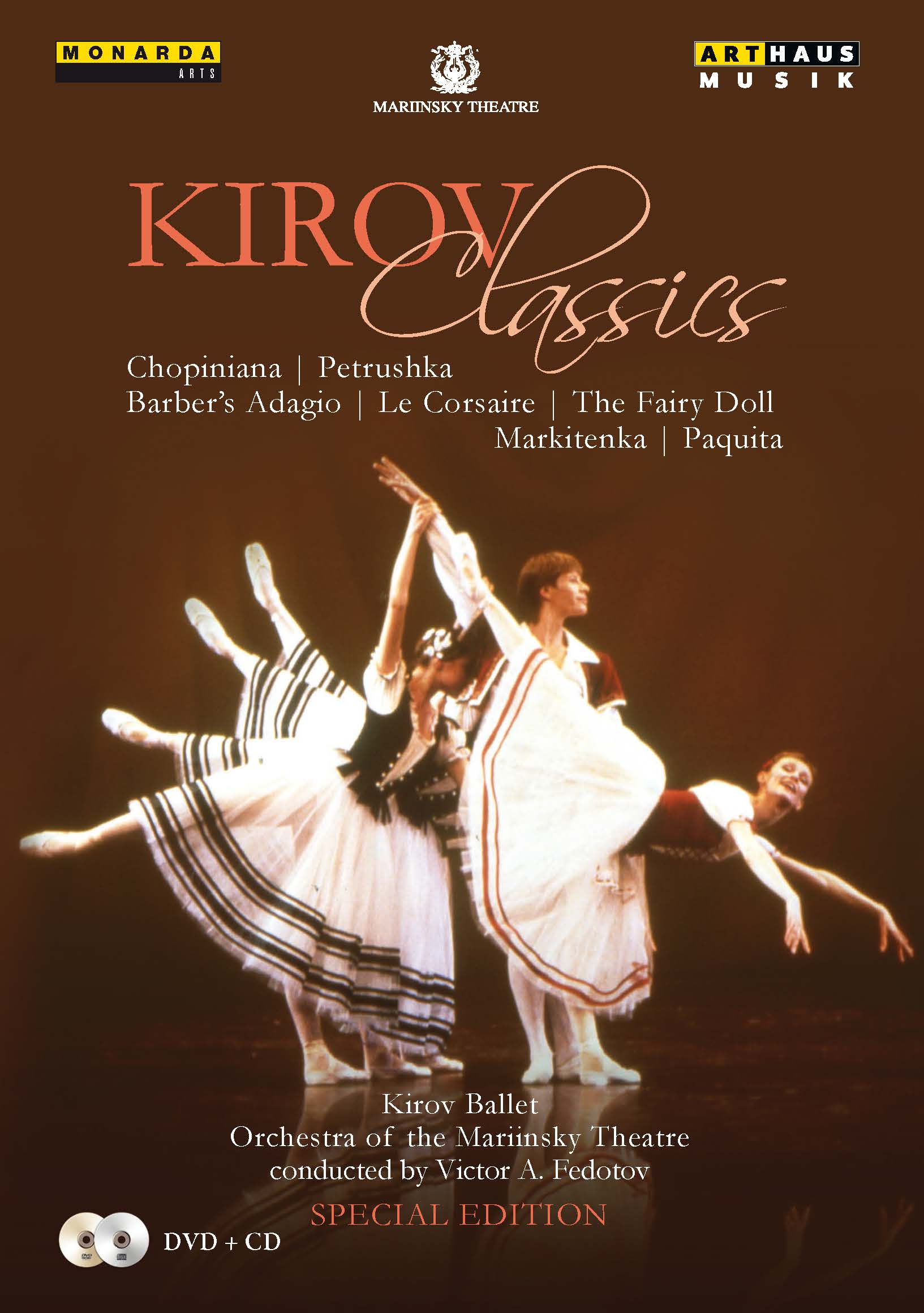
The history of dance in Russia goes back to 1738 and has brought forth uncounted generations of wonderful dancers. From 1977 on, the ballet was directed by Oleg Vinogradov, a graduate of the important Vaganova school of Leningrad and an active member of the Kirov troupe. His artistic work is characterised by both tradition and innovation, two(...)










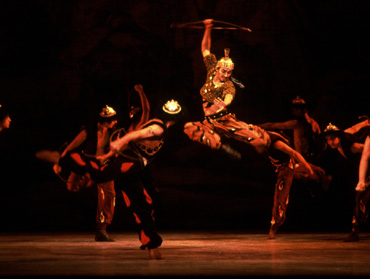
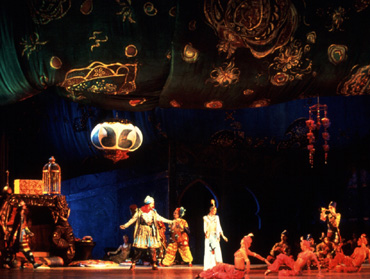
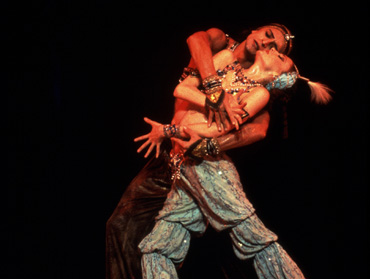
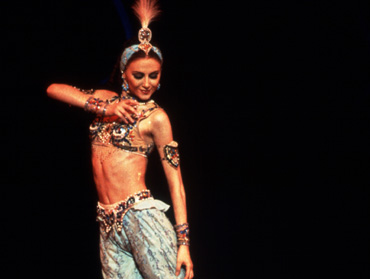
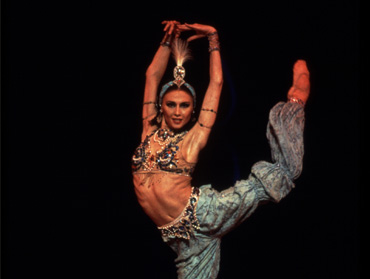
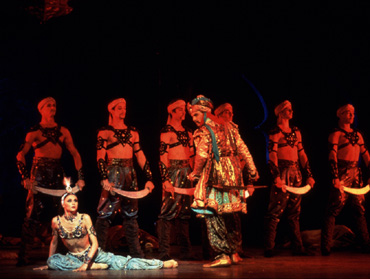

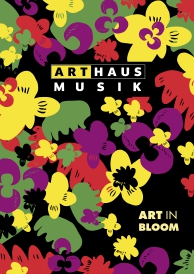 PDF Download (5,5 MB)
PDF Download (5,5 MB)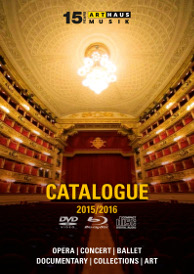 PDF Download (6,7 MB)
PDF Download (6,7 MB)